The 15 Blockbuster IT Executive Moves Of 2015 (So Far)

A Fresh Start
Many key vendors suffered some major brain drain in the first half of 2015, with Citrix, Cisco and HP each losing several key executives, and IBM and VMware losing vital members of their leadership teams.
Other companies fared better in the executive musical chairs, as BlackBerry, ForeScout and NetApp got new leaders, while Dell and WatchGuard Technologies procured multiple new executives. Cisco and Lenovo also benefited from several promotions in their leadership teams during the first six months of the year.
Read on to recap the key IT executive happenings so far in 2015. For more on the "coolest" of 2015, check out "CRN's Tech Midyear In Review."
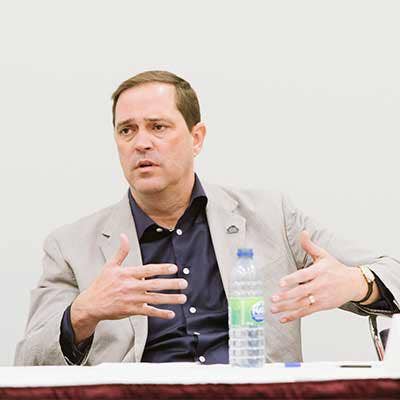
Chuck Robbins
Cisco captured the spotlight in May when it named Chuck Robbins as the successor to longtime CEO John Chambers. Robbins, who was the vendor's former U.S. channel chief and most recently served as senior vice president of worldwide operations, officially took the helm July 26. Robbins has been extremely busy preparing for the job, revealing a massive reorganization of Cisco's top-level executive lineup in an effort to flatten its leadership structure. Partners applauded Robbins' promotion, calling him the "people's choice" for CEO and a "solid channel advocate." Chambers, who has been CEO for the past 20 years, will remain with Cisco as executive chairman of the board.
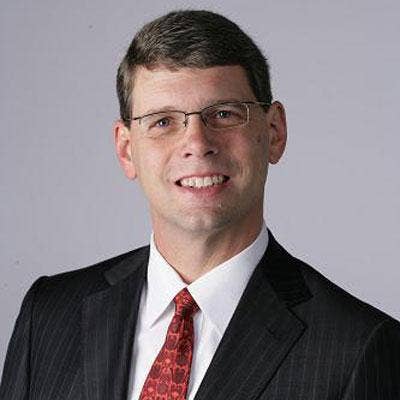
Rory Read
Dell announced in March that it had added Rory Read as chief operating officer and president of Worldwide Commercial Sales. In his new role, Read will oversee Dell's cross-business unit, run global system integrator relationships and grow the company's momentum in direct and channel sales. Read comes to Dell from AMD, where, as CEO from August 2011 to October 2014, he was credited with helping AMD expand beyond the PC microprocessor business. Before AMD, Read was president and chief operating officer at Lenovo.

Aymar de Lencquesaing
Lenovo continues to shake up its top-level executive lineup in April by adding Aymar de Luncquesaing as president of Lenovo North America. Right out of the gates, de Luncquesaing set the ambitious goal of doubling Lenovo's market share -- particularly around PCs, servers, storage and IT services -- in, at the most, five years. De Lencquesaing joined Lenovo in 2013 and most recently served as president of Europe, the Middle East and Africa (EMEA) and senior vice president of the Lenovo group. Before joining Lenovo, de Lencquesaing was a corporate vice president at Capgemini, and held executive positions at Acer and Packard Bell.
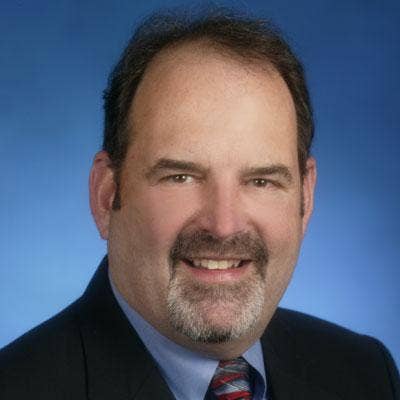
Tony Scott
When the White House needed a new chief information officer and administrator in February, it turned to VMware CIO Tony Scott. Filling a role that has been vacant since former Microsoft executive Steven VanRoekel stepped down in September, Scott is now the U.S. CIO and administrator of the White House Office of Budget Management and Budget's Office of Electronic Government and Information Technology. Scott will be responsible for delivering on the Obama administration's "Smarter IT Delivery Agenda," which looks to recruit top-notch IT professionals and processes into the government. VMware hired Bask Iyer, then-CIO of Juniper Networks, in March to replace Scott.
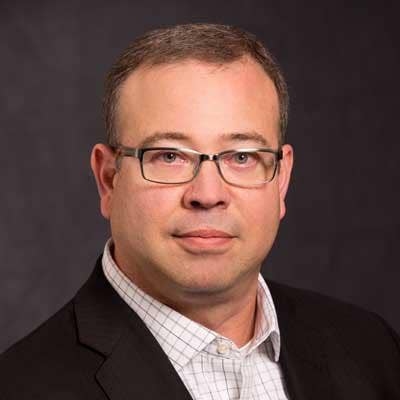
Paul Perez
Cisco lost the driving force behind its Unified Computing System, as Paul Perez left the company and joined Dell as its enterprise chief technology officer. In an interview with CRN, Perez praised Dell's broad industry-standard reach and commitment to open, hybrid IT environments and application programming interface-based solutions. Perez replaced outgoing Dell Enterprise CTO Sam Greenblatt, who left the company in February. Before being CTO of Cisco's Data Center Group, Perez was vice president and general manager of Cisco's Computing Systems after joining the networking vendor in November 2011 from Hewlett-Packard.
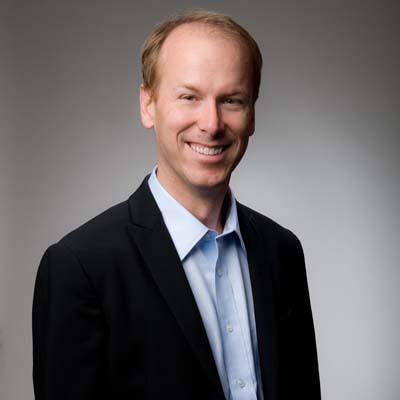
Mike DeCesare
McAfee President Mike DeCesare left the company in February as it was being folded into Intel Security, joining emerging vendor ForeScout to grow its information security presence. DeCesare has been on a hiring spree since joining the up-and-coming vendor, bringing FireEye CEO Dave DeWalt on as board of directors vice chairman and nabbing former HP Vice President Rob Greer as chief marketing officer. Despite its small size, DeCesare told CRN ForeScout was attractive because of greater autonomy, a narrower product set and more opportunities to get involved in projects. DeCesare was the third former McAfee executive to depart Intel Security between December and February.
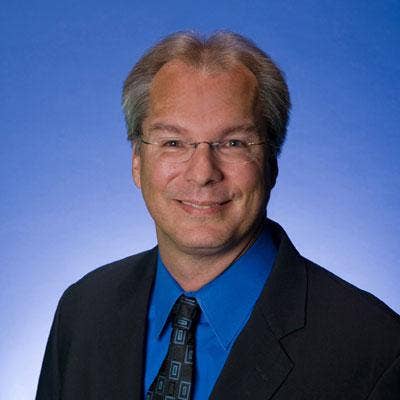
Tom Georgens
Storage vendor NetApp got a new CEO in June, ousting Tom Georgens and replacing him with George Kurian, who most recently served as executive vice president of product operations. The news came on the heels of dropping revenues and a slowdown in the Sunnyvale, Calif.-based company's U.S. commercial and channel businesses. Kurian got off to a running start, introducing a new family of all-flash storage arrays just days after starting as CEO that share the same software as NetApp's flagship FAS line but feature a much lower starting price of $25,000. Partners praised the CEO swap at the time, saying it would breathe some new life into NetApp and hopefully set it on a better trajectory.

Sanjit Biswas, John Bicket, Hans Robertson
The three founders of cloud-based networking provider Meraki -- Sanjit Biswas (pictured), John Bicket and Hans Robertson -- had all left the company by February, a little over two years after it was acquired by Cisco Systems for $1.2 billion. The transition comes as Cisco looks to remake SMB-network-focused Meraki into an enterprise-grade product, and partners question whether the executive departures would remove the "driving force" behind the technology. Biswas and Bicket have moved on, taking sensor startup Samsara out of stealth mode in May as they aim to take advantage of the Internet-of-Things market, while Robertson is "taking a little time off," according to his LinkedIn profile.
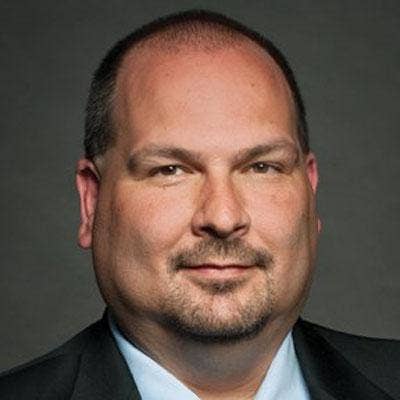
Lance Crosby
After building SoftLayer into a cloud powerhouse with IBM, Lance Crosby resigned as CEO in January. In his time at SoftLayer, Crosby helped evangelize and develop the company's cloud offerings and helped integrate them into IBM after the acquisition. Crosby came to SoftLayer in 2010, when the company merged with The Planet, where he was chief operating officer. Crosby was passed over when IBM chose a new leader for its cloud division, naming Robert LeBlanc as senior vice president of cloud. Since June, Crosby has served as chairman and CEO of "to be announced" in Dallas, according to his LinkedIn profile.
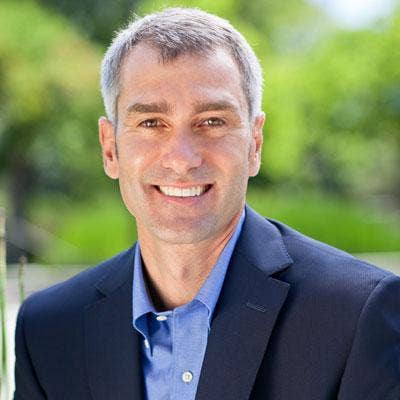
Bill Veghte
At the end of June, Hewlett-Packard said former Chief Operating Officer Bill Veghte would be leaving the Palo Alto, Calif.-based vendor to pursue new opportunities. Veghte most recently served as executive vice president and general manager of HP's Enterprise Group. Once seen as a potential successor to CEO Meg Whitman, Veghte is leaving as HP readies itself for a split into two Fortune 50 companies. Veghte wasn't out of the workforce for long -- he was named CEO of SurveyMonkey in July. Before joining HP, Veghte held positions at Microsoft and AppAssure Software and currently sits on the board of director for VMTurbo and Xero.
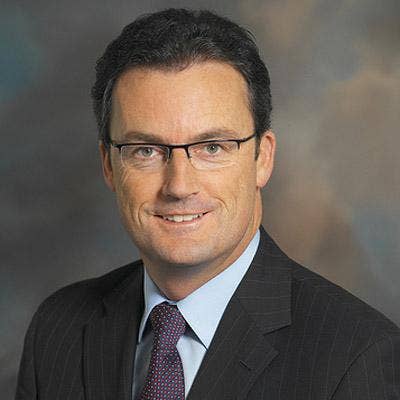
Gary Moore, Rob Lloyd
Incoming Cisco CEO Chuck Robbins revealed in June that both President and Chief Operating Officer Gary Moore and President, Development and Sales Rob Lloyd (pictured) would leave the company July 25, the day before Robbins was to take over as top boss. Moore was a 14-year Cisco veteran, leading the vendor's services business for 12 years before being named COO in 2011, and was also one of the top contenders for the chief executive position. Lloyd was a 21-year veteran of the company with experience overseeing sales, engineering and Cisco's Internet of Everything business, and was also seen as a front-runner for the CEO position. Their separation agreements include a one-year noncompete clause covering 29 of Cisco's biggest rivals.
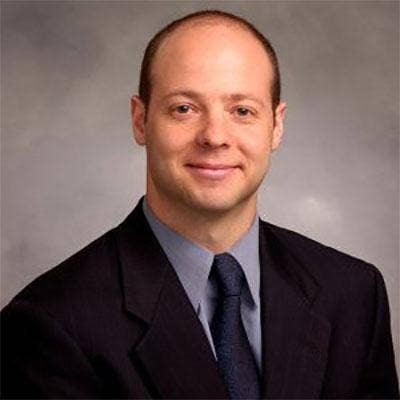
David Kleidermacher
As BlackBerry looks to drive its mobile security business forward, the smartphone company in February hired a new chief security officer to lead the charge. David Kleidermacher brings more than 20 years of strategy and product engineering expertise to his new role, where he's charged with overseeing several key initiatives for BlackBerry, including security-specific research and product development. He replaces Scott Totzke, who left Blackberry in June to join Huawei Technologies. Kleidermacher comes to BlackBerry from operating systems builder Green Hills Software, where he was chief technology officer.
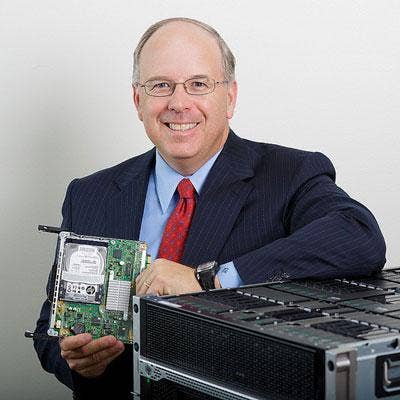
Dave Donatelli
As Oracle continues to push forward in its hardware and engineering services business, the Redwood Shore, Calif.-based vendor landed former HP top executive Dave Donatelli to head its infrastructure business. In his new role, Donatelli takes responsibility for leading Oracle's server, storage, networking and tape business, as well as engineered systems, reporting directly to CEO Mark Hurd. Donatelli left HP in March, where he led the company's enterprise hardware business between 2009 and 2013 and was in charge of identifying early-stage startups for investment between 2013 and his departure.

Brad Pedersen
Citrix lost five executives in the first half of 2015, but perhaps none was more renowned than Brad Pedersen, the vendor's chief architect and senior fellow who announced his retirement in April after 26 years with the company. The seventh employee hired at Citrix, Pedersen has been critical in the company's success in the remote access, application virtualization and Windows ecosystem markets. Other 2015 departures from Citrix include: top sales executive Al Monserrat (who went to RES Software); group vice president and general manager Rakesh Narasimhan (who went to Black Sky Global); senior vice president and general manager Sudhakar Ramakrishna (who went to Pulse Secure); and vice president of corporate product marketing Matthew Morgan (who went to Hortonworks).
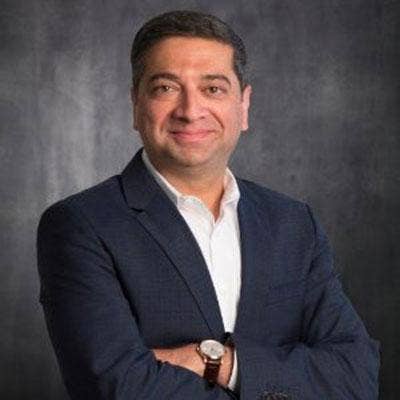
Prakash Panjwani
Nearly a year after the resignation of former CEO Joe Wang, network security vendor WatchGuard Technologies has named a new CEO. Prakash Panjwani stepped into the new role in April after spending more than 12 years at data-protection company SafeNet. Interim CEO Mike Kohlsdorf, who joined the board of directors, said at the time that he hopes Panjwani can "keep the momentum going" from the company's record year of growth, using his experience from growing SafeNet from a startup to a "leading data-security company." Panjwani has been active out of the gates, naming Corey Nachreiner as chief technology officer and Michelle Welch as vice president of marketing in May.